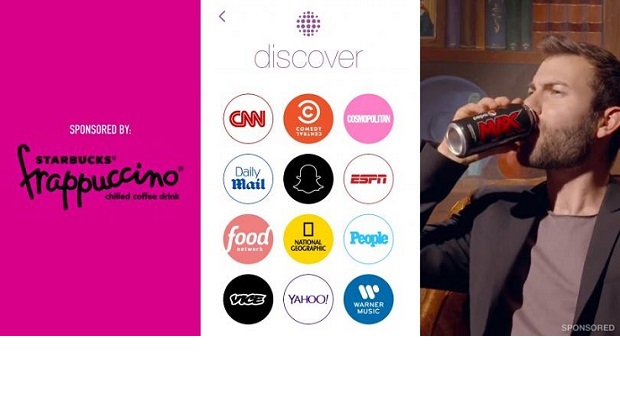Snapchat has revealed plans to introduce behavioral targeting for advertisers, as the chat app continues to capitalise on its growing popularity with a range of new ad options.
The news was announced by the company’s director of revenue operations Clement Xue in an eMarketer report published earlier this week.
Xue said the company was working towards rolling out behavioral targeting capabilities in the third quarter of 2016, according to the “Snapchat Advertising” report.
The behavioral data likely to be offered will be based on who a user follows, especially industry specific interests, such as a certain type of music entertainer.
For example, record labels could then use that data to reach a more likely consumer of a singers music they represent.
Snapchat has so far declined to back up the claims from Xue, but it is reported that the firm plans to only use behavioral data from users’ activity in the app.
Snapchat has been careful to protect its user base from intrusive ads, but it has been making moves to attract advertisers by launching an API and improving targeting and measurement capabilities.
Currently, advertisers can target Snapchat users via age, gender, location, device or OS, mobile carrier, and content affinity based on the Discover portal.
Snapchat said it won’t be using any data from other online activities for ad targeting, including users’ login information for Bitmoji, a recent Snapchat acquisition.
Unlike most social media apps such as Facebook and Twitter, SnapChat only is available on mobile devices, making cookie data inaccessible for them because cookies don’t work on certain devices and browsers and don’t function at all within mobile apps.
Snapchat’s rumored behavioral targeting offering comes at a time when eMarketer forecasts the social app’s user base will grow by 27% this year and keep up double digit growth into next year.
As it grows, Snapchat is becoming increasingly mainstream: Its young user base is growing older, with eMarketer forecasting that the app will most of its new users from demographics older than millennials and Gen Z.
Other social apps which have a desktop presence can use cookies to add to their behavioral data by following a user around as they go to various websites.

